Dog Breeds That May Not Be Ideal for Families with Young Children
Choosing the right dog breed for your family is a significant decision, especially if you have young children. While dogs are often considered man’s best friend, some breeds may not be the best fit for households with little ones. Certain dogs have natural instincts, energy levels, or size that may pose challenges for families. Here are some breeds that require careful consideration before bringing them into a home with children.
Neapolitan Mastiff
Despite their large size, Neapolitan Mastiffs are gentle and affectionate. However, their clumsiness often results in them unintentionally stepping on or knocking over small children. They are also known to drool excessively, which may require frequent cleaning.
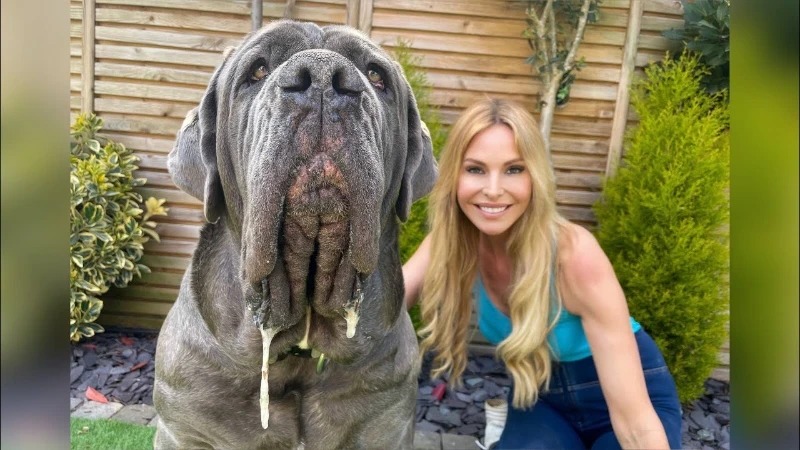
Rottweiler
Originally bred for herding livestock, Rottweilers are strong and loyal but can be territorial and protective. Their size and strength can make playtime risky, and without proper training, they may exhibit aggressive tendencies towards strangers.
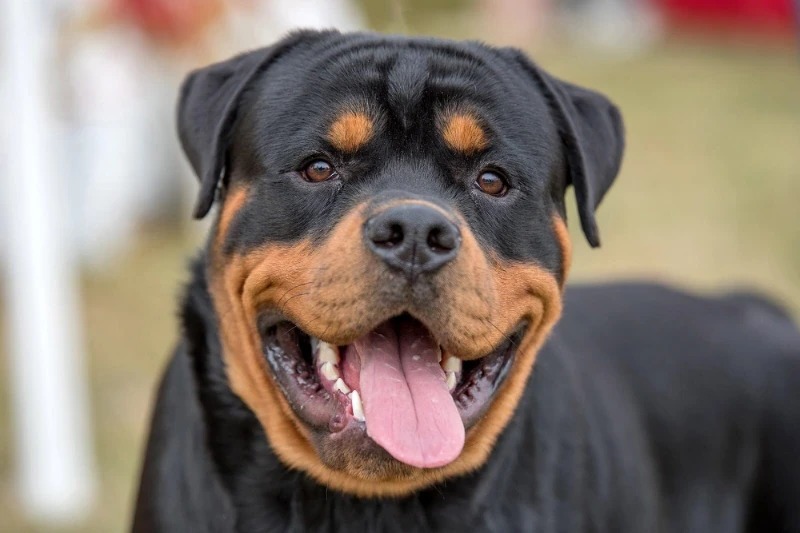
Bullmastiff
Bullmastiffs are devoted and protective, but their large size combined with a tendency to be more aggressive than other breeds can be concerning. Proper training and strong leadership are necessary to manage their dominant nature.
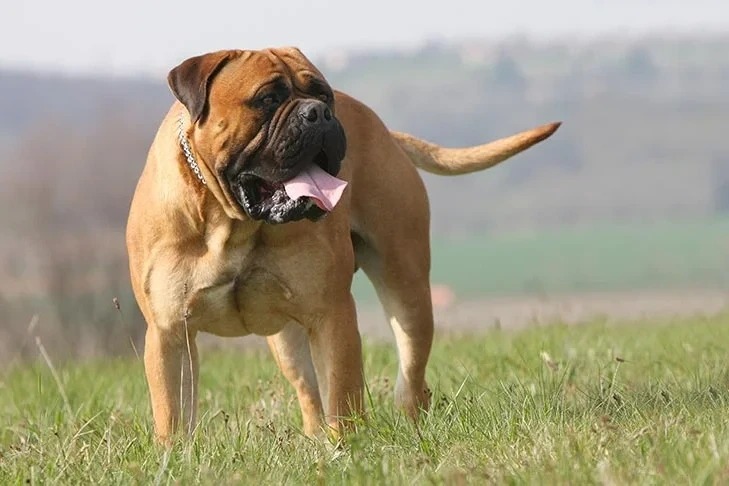
Weimaraner
Weimaraners are highly energetic and require constant stimulation. Their excitement may lead to accidentally knocking over children. They are best suited for active families that can meet their high exercise demands.
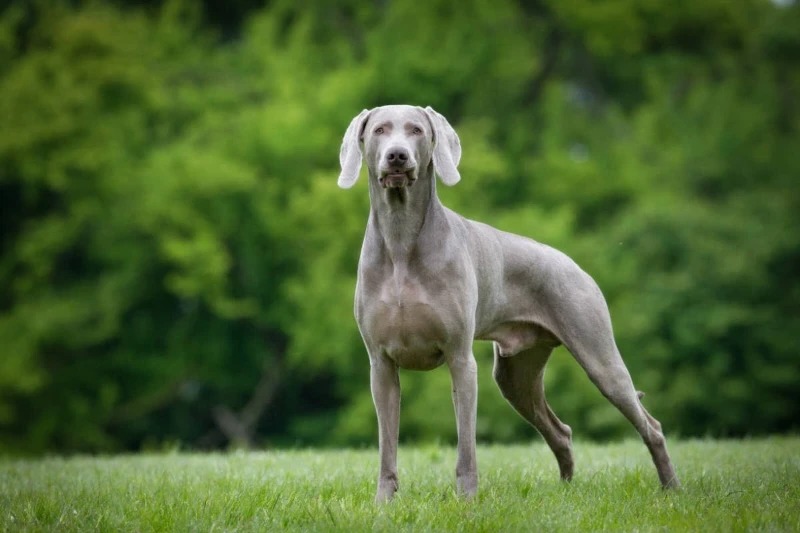
Siberian Husky
Huskies are known for their boundless energy and need for attention. While they are generally friendly, they may become jealous of children and compete for their owner’s affection. Additionally, they are not natural guard dogs, as they lack territorial instincts.
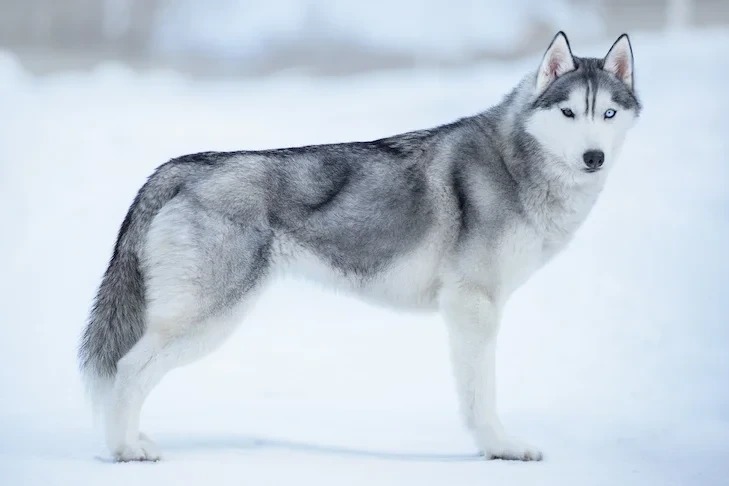
Chow Chow
Chow Chows resemble stuffed animals, making them appealing to children. However, they can be possessive and jealous, often displaying aggression towards others vying for their owner’s attention. They are also known for their independent nature, making them harder to train.
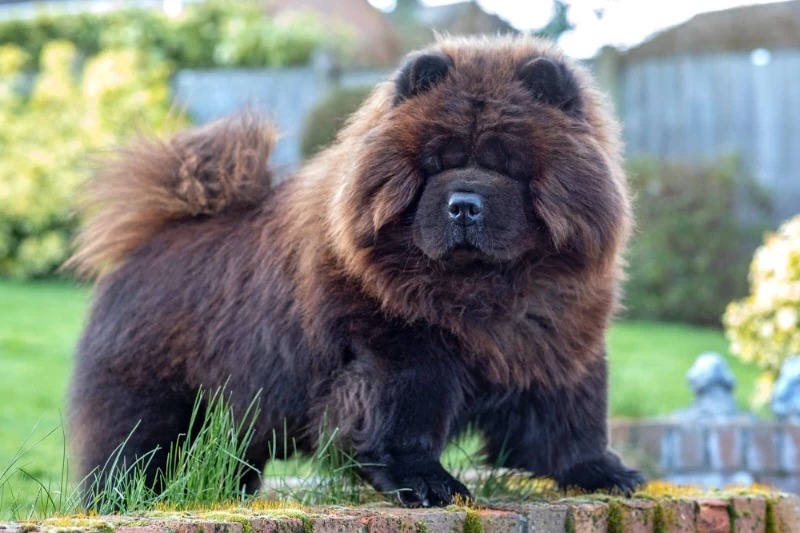
Afghan Hound
Afghan Hounds are strong-willed and require a calm and authoritative owner. Their large size and reserved nature make them less suitable for young children, who may struggle to interact with them appropriately.
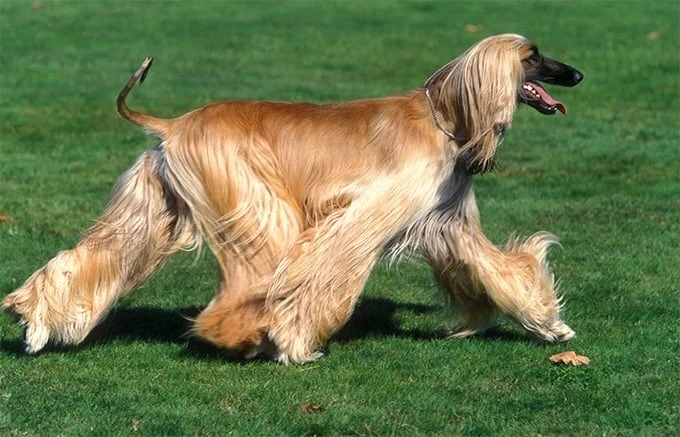
Greyhound
Bred for racing, Greyhounds have high energy levels and a natural instinct to chase small moving objects, including young children. They also dislike excessive handling and rough play, making them less compatible with families who have very young kids.
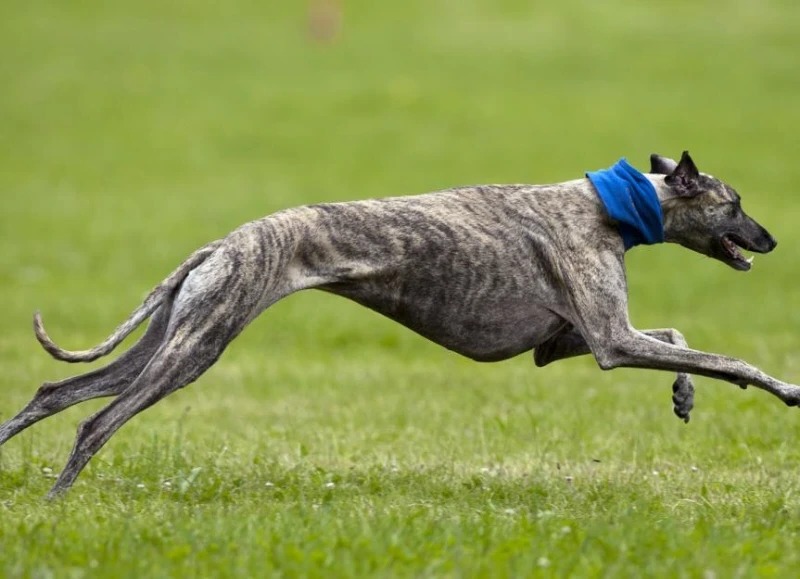
Chinese Shar Pei
The Shar Pei’s signature skin folds require extra care as they are prone to infections. Their aggressive tendencies and difficulty in training make them a challenging breed for families with children.
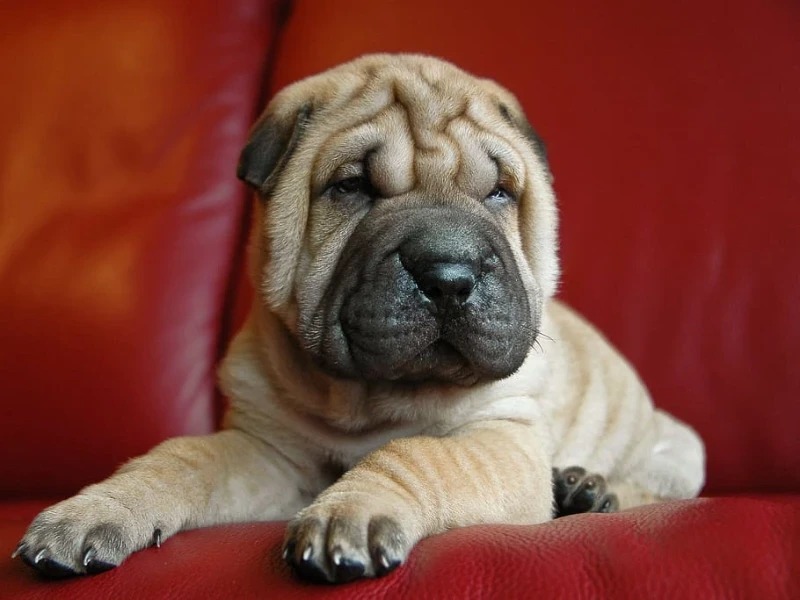
Dalmatian
Once bred as guard dogs, Dalmatians require constant attention and socialization. Without proper stimulation, they may resort to nipping and scratching. While they are energetic and playful, they may be more suited to families with older children who can match their activity levels.

Pit Bull
Pit Bulls have a controversial reputation due to their history in dog fighting. While many are affectionate and well-behaved, their strength and strong bite make them a risky choice for families with small children. Statistics indicate that Pit Bulls are responsible for a significant percentage of fatal dog bites, reinforcing the need for caution.

Leave a Reply